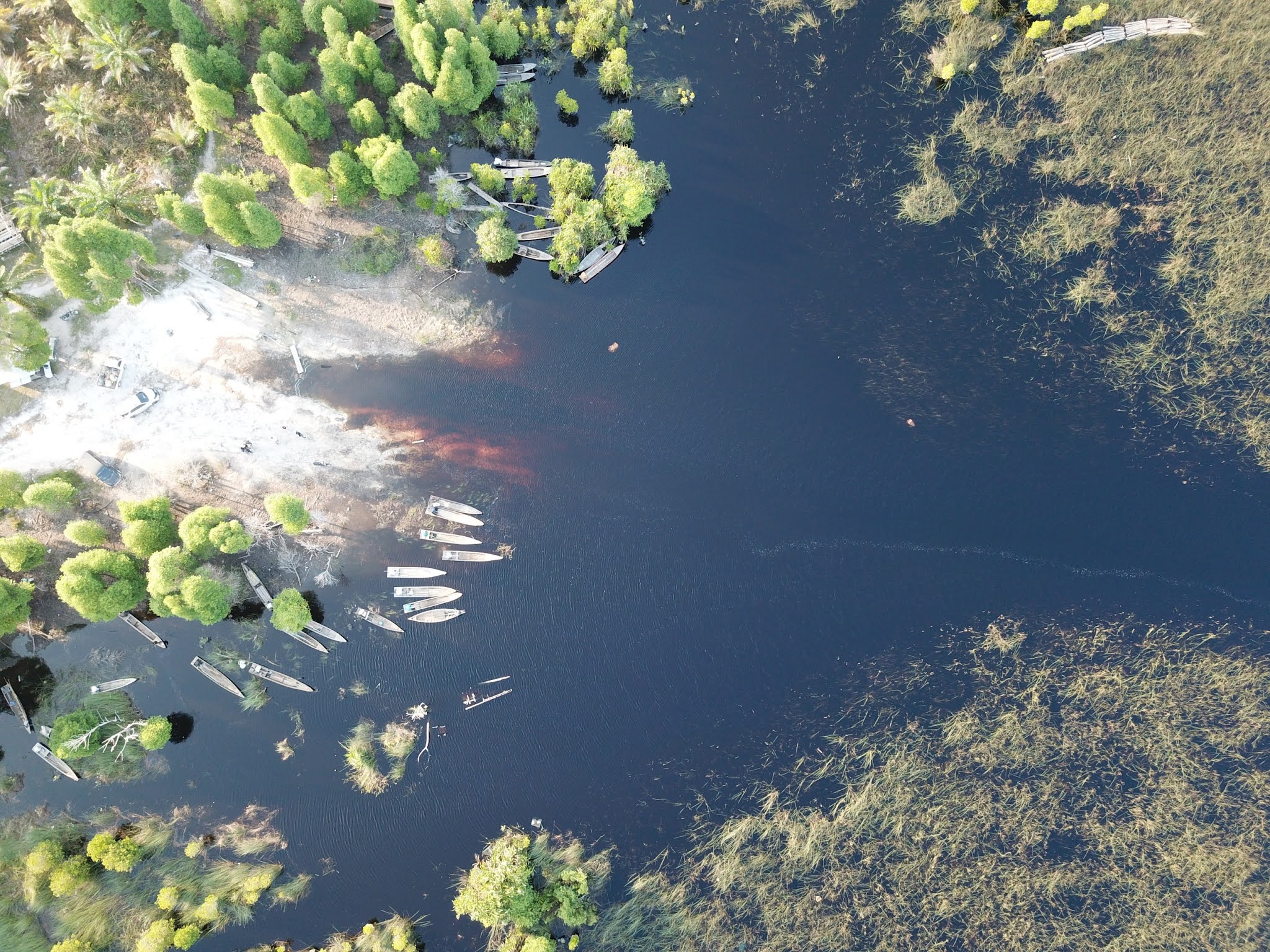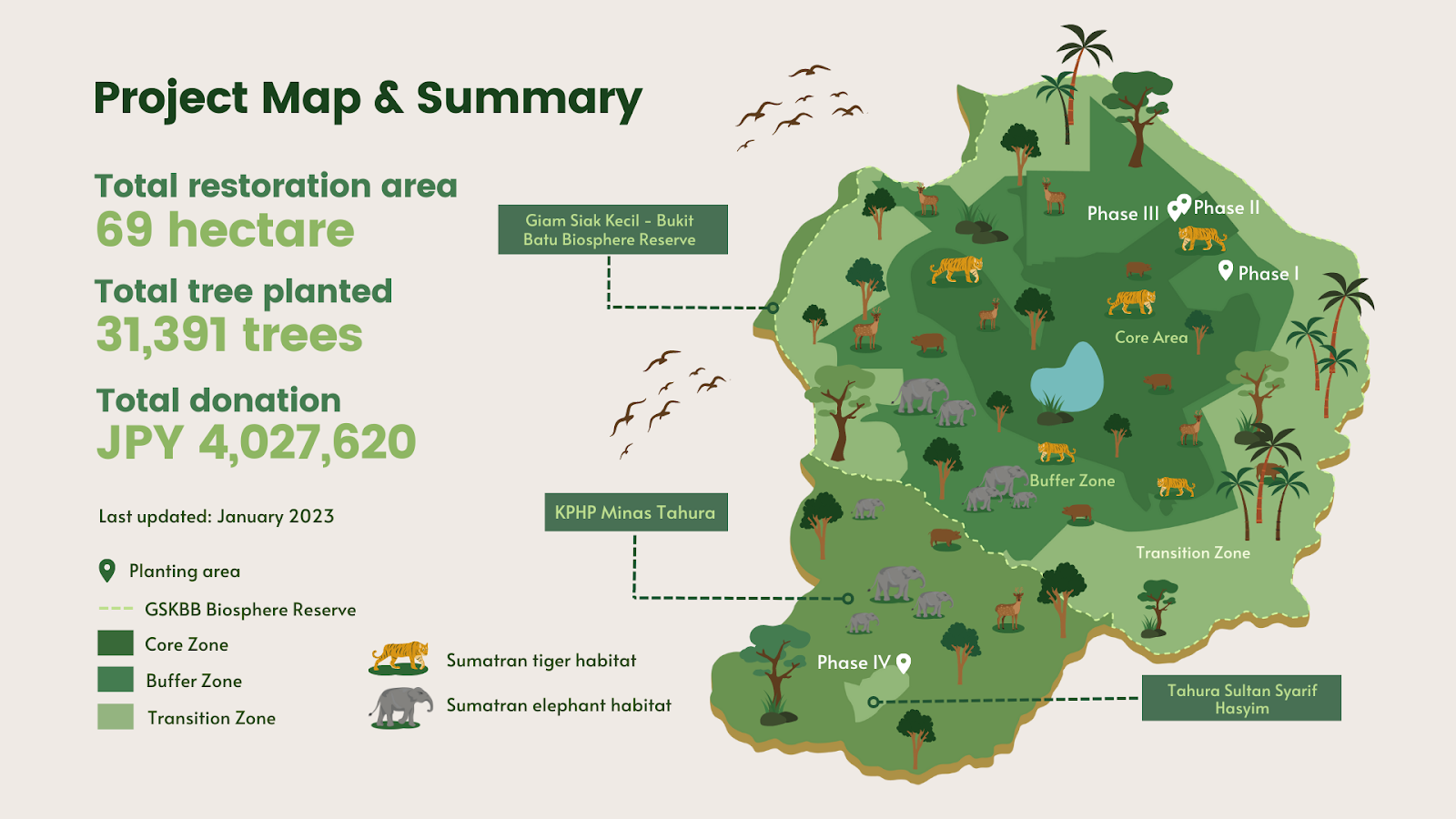 |
Biosphere Reserve has to be nominated by national government and then recognized by international panel, the Man and the Biosphere Program of UNESCO. Currently, there are 714 biosphere reserves in the world, distributed in 129 countries, including 21 transboundary sites.
Biosphere Reserve can be acknowledged as biosphere reserve only if the area has following functions:
- Conservation of biodiversity and cultural diversity.
- Economic development that is socially, culturally and environmentally sustainable.
- Human development through research, monitoring, education, and training.
Biosphere reserve has three main zones, which are:
- Core zone, which is strictly protected areas for protecting the landscape, ecosystem, and species, as well as for conducting research and monitoring.
- Buffer zone, which surrounds the core zone. The area can be used for activities that can reinforce scientific research, monitoring, training, and education.
- Transition zone, which is where local communities foster sustainable livelihoods.
One of biosphere reserves in Indonesia is the Giam Siak Kecil Bukit Batu Biosphere Reserve in Riau. Giam Siak Kecil Bukit Batu declared as biosphere reserve in 2009. This area is habitat for sumatran tiger, sumatran elephant, tapir, and sun bear. It is also a peatland area that stores highly concentrated carbon. This area featured sustainable timber production as well as supporting communities' livelihood.
Part of the Giam Siak Kecil Bukit Batu biosphere reserve is degraded due to several reasons. The Forest Restoration Project: SDGs Together aims to help government to restore degraded peatland in the area.
Writer: Diny Hartiningtias


No comments:
Post a Comment